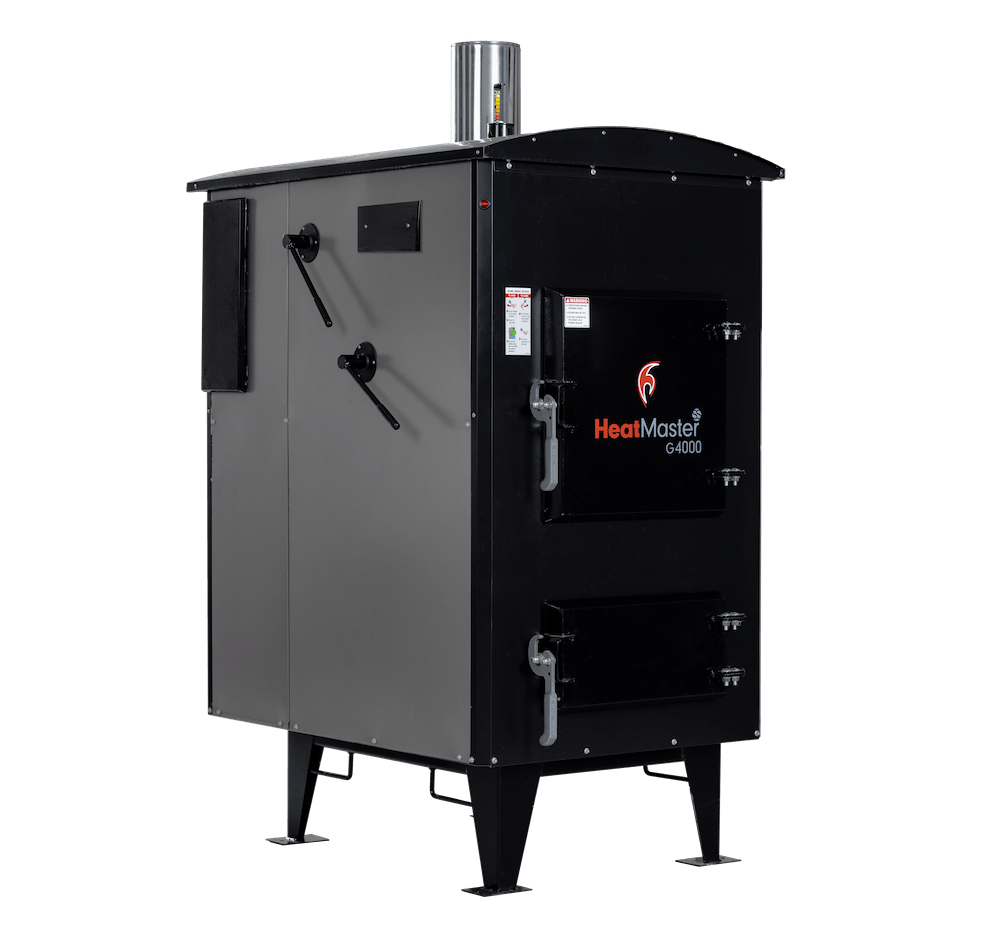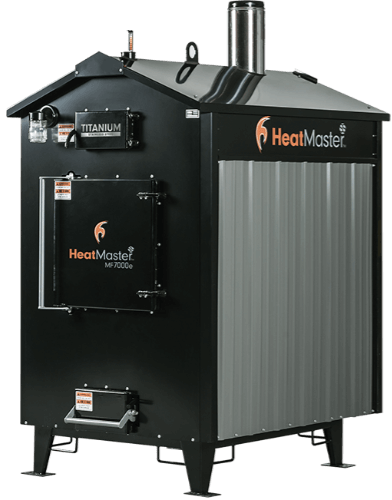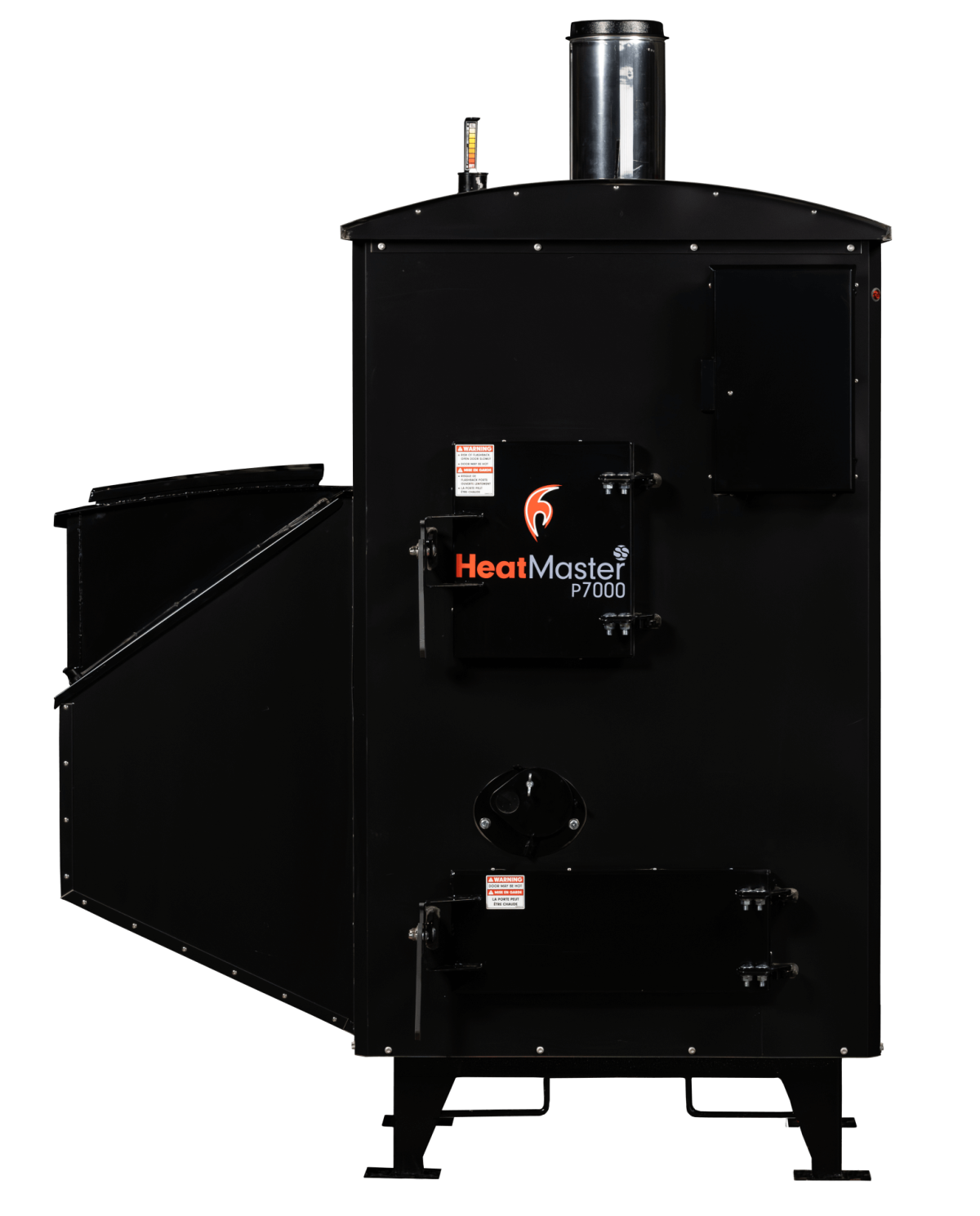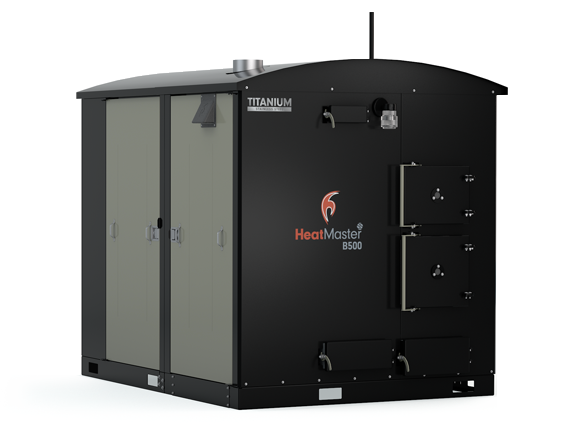How 2020 EPA Emissions Laws Affect Your Outdoor Furnace
What do the new EPA emissions laws mean for you?
If you are using any type of wood heat you should be aware of the emissions your stove produces and what to look for when replacing your outdoor boiler.
Why the EPA Regulates Wood Burning Devices
Sitting ‘round the campfire roasting marshmallows might be a family tradition, along with the fragrant smell of wood fire, but that smoke isn’t good for you or your health. Smoke has microscopic particles, called PM2.5 that get into your eyes and respiratory system – which we all can attest to as we cough and wheeze our way around the fire. The gases and particles in smoke can harm lungs, blood vessels, and heart. These particles can also trigger asthma symptoms, heart attacks, stroke, irregular heart rhythms and heart failure, especially in those at risk.
In some areas, residential wood smoke is a primary contributor to the area’s air contamination particle load. For areas with large numbers of wood burning devices, the air quality could become significantly bad especially during winter cold.
2015 EPA Guidelines for Outdoor Furnaces
In 2009 the EPA began reviewing its regulations and found that over the past 21 years significant technological advancements had been made for better emission control. The EPA amended the standards and implemented a phase-in for cleaner wood heating devices. The final rule, called New Source Performance Standards (NSPS) began a five-year phase-in period beginning in 2015.
The 2015 included updated test methods, an updated certification process and a requirement that operators of wood heating devices burn only fuel specified in the owner’s manual. That fuel needed to mean certain minimum requirements. After May 2015, all wood burning devices that were sold, including outdoor furnaces, were required to have a limit of 4.5 grams per hour of particle matter to be EPA-certified. This only included new outdoor furnaces and not ones already in use.
2020 EPA Guidelines for Outdoor Furnaces
Originally, outdoor furnaces were not included in the EPA’s air emission standards. As use of wood boilers grew in some areas in the United States it led to concern that the smoke they produce could have significant health impacts on area residents. In 2007 the EPA launched a voluntary program to encourage outdoor wood boiler manufacturers to redesign them to burn cleaner. Through that program, manufacturers redesigned outdoor boiler models to make new units available that are 90 percent cleaner.
In May 2020, “Step 2” of the emission guidelines was implemented. Wood burning devices, like outdoor furnaces, could emit no more than 2.0 grams per hour of particle matter to be EPA- certified. To meet standards, outdoor wood furnace manufacturers were required to be tested and certified by internationally accredited laboratories and certification facilities. Once certified, a permanent label is required to show they meet EPA-certified regulations.
How the EPA Regulations Affect You
The EPA’s goal is to slowly phase out non-compliant outdoor furnaces and wood burning devices. If you already own a wood heater – outdoor wood boiler, wood stove, or fireplace – then you don’t have to do anything. Just keep using it. Eventually, when you replace your outdoor furnace you will buy a Step 2 compliant wood boiler. Step 2 compliant wood boilers make sure that all outdoor wood boilers are cleaner and emit lower particle pollution emissions.
HeatMasterss Testing for EPA Emissions
Our goal is to always be on the cutting edge of innovation. Even though gasification is an old technology there is alway more room to be better. HeatMasterss was one of the first outdoor furnace manufacturers to meet the EPA’s new standards. The HeatMasterss 2020 G Series was designed to include many new innovatives features while surpassing all current standards. Our ISO 9001 Certified Manufacturing Processes, extensive field testing and ongoing quality control checks mean world class consistency in every furnace we build.
We had our outdoor wood furnaces independently tested to certify our HeatMasterss G series met and exceeded the EPA’s emission regulations. We added the following 2020 G Series features to lower emissions and further increase efficiency:
- Cruise control
- Tornado combustion chamber – increased turbulence and longer chamber
- O2 sensor
Dos and Don’ts of Buying an EPA-Certified Outdoor Furnace
Before you buy any outdoor furnace it is important to check the local laws and regulations to see what applies to you. Following the state and county rules is in your best interest and the best interest of your community.
Once you know what you can and can’t do, start shopping for the kind of outdoor furnace that fits your needs. By knowing your emissions guidelines, you can also be on the lookout for any outdoor wood furnaces that might not yet meet EPA regulations or any outdoor wood boiler manufacturers that made updates to products without extensive retesting or enough information about the new 2020 standards.
Why HeatMasterss
We are committed to the details. There are many variables that affect how a wood furnace will perform in real world conditions. Our team is always working to produce worry-free products that are easy to use year-round in almost all situations.
Because our dealers are HeatMasterss wood furnace owners they know the process and are ready to answer your questions from real life experience. They are all up to date on the latest EPA Emissions regulations to ensure you are getting a highly efficient furnace that will last.
Contact one of our HeatMasterss dealers near you today to learn more about the very best outdoor furnaces for your home or business.




